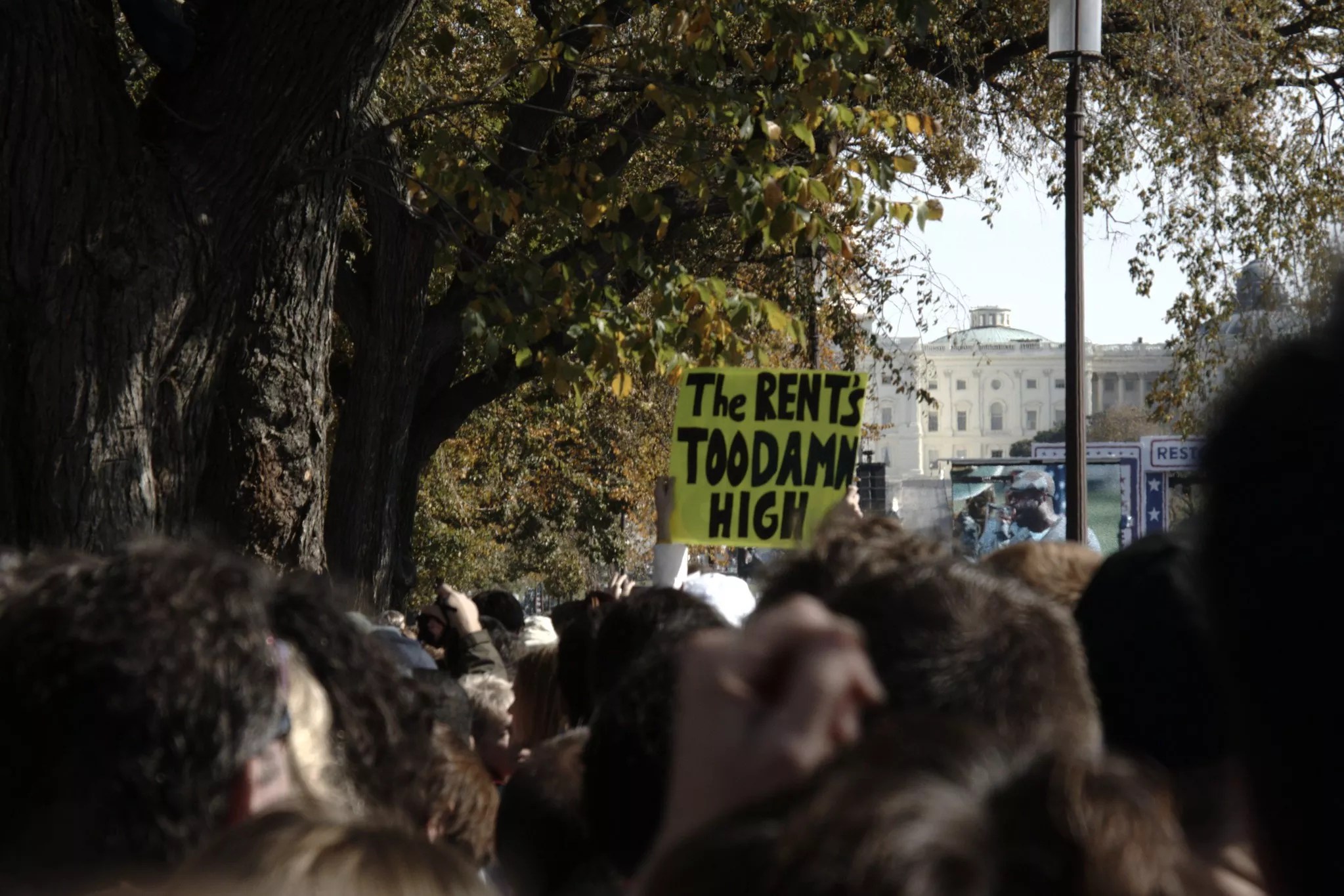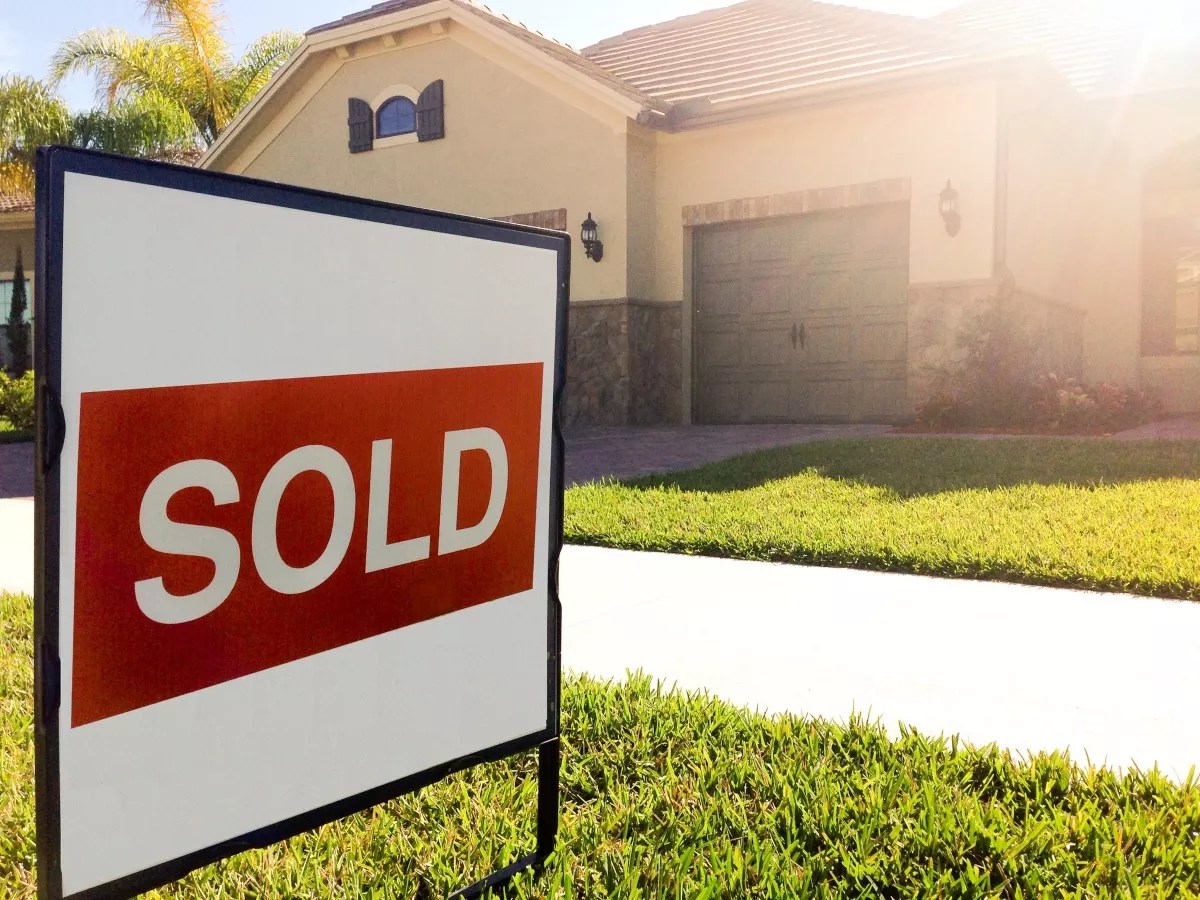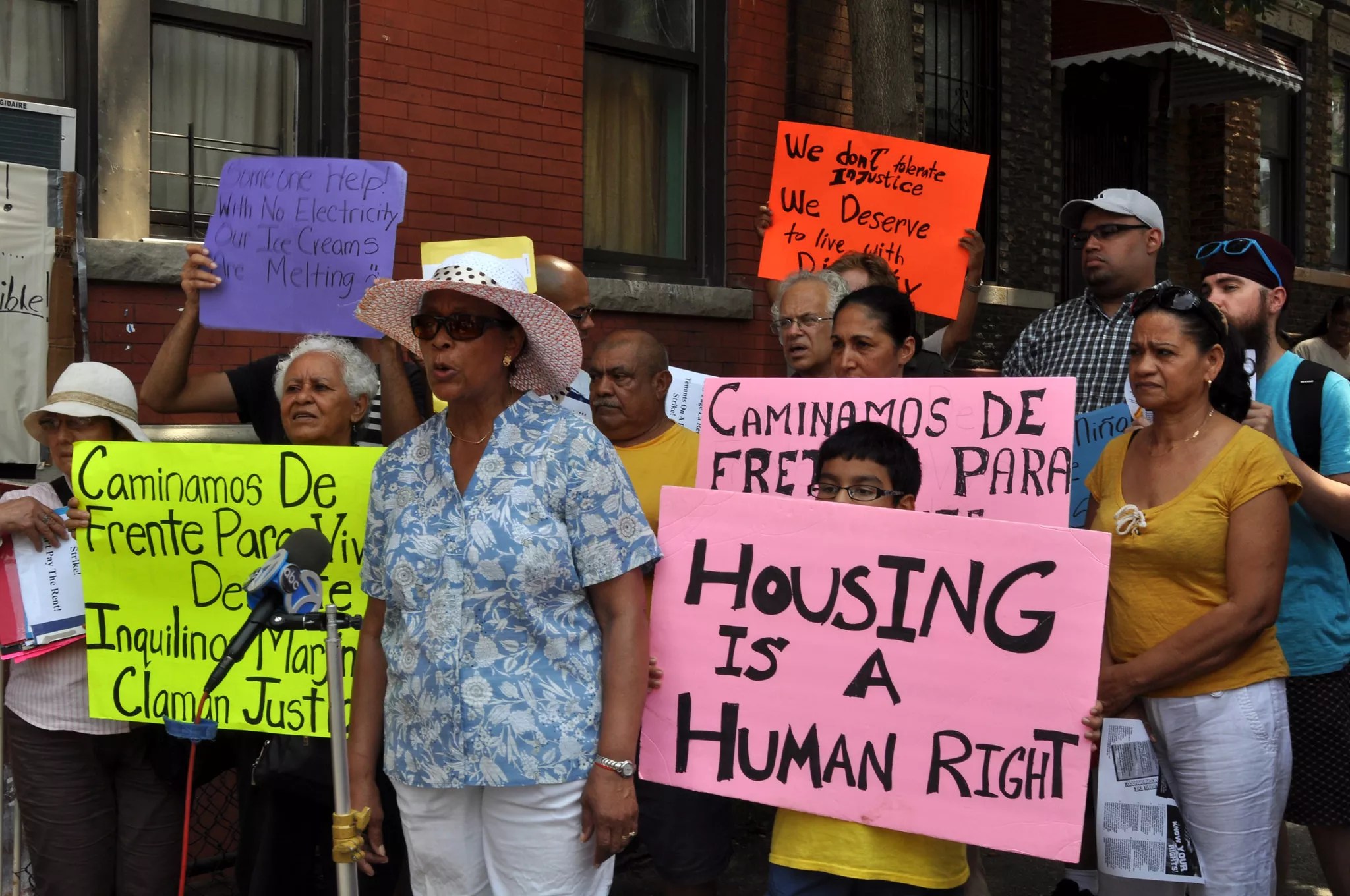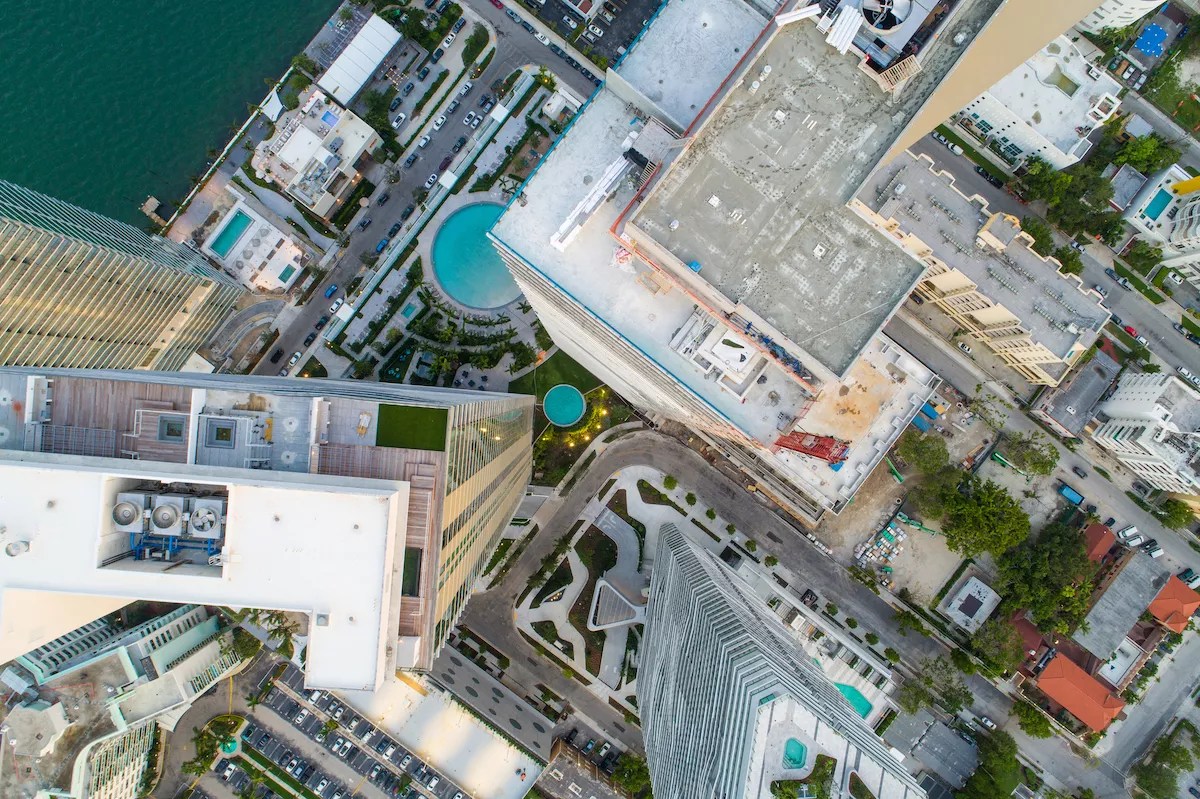
Photo by Patrick Finnegan/Flickr

Audio By Carbonatix
Another week, another study to remind us how ridiculously unaffordable life is in Miami.
This week, New Times reported that, per the rental website Apartment List, the majority of millennials haven’t been able to buy a home before turning 30. And nearly 20 percent of millennials surveyed say they expect to be lifelong renters.
Forget “forever alone.” Millennials are forever living at home. Before you say something ridiculous about how buying too much avocado toast or coffee is the source of millennials’ problems, don’t.
Often, these studies are like that aunt who gets tipsy at family gatherings and likes to rub it in that you’re still single, living at home, not making enough money, and filling out your jeans a little too much. But they tell a familiar story we’ve heard time and again and will likely continue hearing until Miami sinks into the Atlantic: We have a serious affordability problem.
This year, make your gift count –
Invest in local news that matters.
Our work is funded by readers like you who make voluntary gifts because they value our work and want to see it continue. Make a contribution today to help us reach our $30,000 goal!
Here are five examples of Miami’s housing crisis.

Miami has one of the lowest homeownership rates in the U.S. Ask people to name the nation’s most expensive housing markets, and you’ll probably get New York City, Los Angeles, or the San Francisco Bay Area.
That’s true, but Miami also tops the list. According to a report by the home services website Porch.com, the homeownership rate in Miami is the third-lowest in the U.S., behind only Newark and Jersey City in New Jersey.

Thousands of Miami-Dade residents face eviction because of job loss and financial hardship wrought by the coronavirus pandemic.
Thousands of residents are vulnerable to eviction. Nearly a half-million renters call Miami-Dade County home, but thousands of them are facing eviction because of job loss and financial hardship wrought by the coronavirus pandemic. While county and federal moratoriums on evictions have provided some protections, the Miami Herald reports that landlords in Miami-Dade have filed for more than 5,800 residential evictions since September 1. And between March 13, 2020, and February 5, 2021, a total of 2,571 writs of possession – the legal term for a final court order that returns control of a residence to the landlord – were filed in the county.
Miami-Dade’s ban on commercial evictions is set to expire next month. The federal moratorium on some residential evictions is set to expire at the end of March, as well.

Miami is home to the most rent-burdened people in the U.S.
Miami has the dubious distinction of being the most rent-burdened city in the U.S. You know a place is shamefully expensive when a federally backed mortgage lender says it is. In 2019, Freddie Mae ranked cities’ affordability and came to the predictable conclusion: Miami is the least-affordable city in America, followed by San Diego, New York, Los Angeles, and Orlando.
Miami is home to the most rent-burdened people in the U.S., meaning residents here pay more than 30 percent of their annual income on housing. You know the rest. Locals are no match for gentrified neighborhoods, and low- and middle-income renters are fighting for housing against millionaires and developers. Wages are abysmal, and even when they increase, soaring housing prices always win the race.

In 2016, former Miami-Dade County Commissioner Barbara Jordan proposed an ordinance requiring developers to incorporate workforce housing.
Photo by felixmizioznikov / iStock.com
Proposals for affordable or workforce housing often fail. In 2016, former Miami-Dade County Commissioner Barbara Jordan proposed an ordinance requiring developers to incorporate workforce housing – apartments within the financial reach of middle-class workers like teachers, nurses, and police – into any project larger than 20 units.
Jordan argued that the proposal would bring housing relief to Miami-Dade County. But wealthy cities like Aventura and Sunny Isles Beach pushed back. A representative of the Builders Association of South Florida told New Times that the idea was laudable but didn’t provide enough incentives to developers.
Ultimately, the proposal wasn’t approved.

A study found that the vast majority of Miami’s Black and Latino population live in “liquid asset poverty,”
Most Miamians have little to no savings. A 2016 study by the nonprofit think tank Corporation for Enterprise Development found that the vast majority of Miami’s Black and Latino population – 74 percent – live in “liquid asset poverty,” a term that describes not having enough savings to cover basic life expenses for three months.
According to the study, white people in Miami make $11,728 more per year than white people nationwide. But Black Miamians make $14,388 less than Blacks nationwide. The city’s Asian and Latino populations make $6,101 and $13,910 less per year than national averages, respectively.
A separate study from 2014 estimated that the average Miami resident was able to save only $18 a month.
Seems as though the more things change, the more they stay the same.